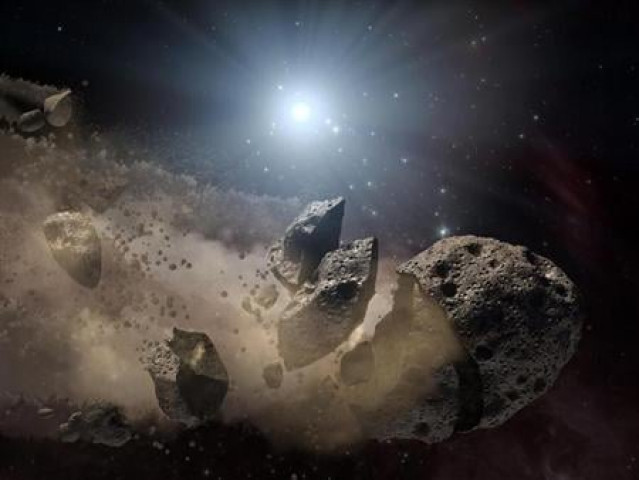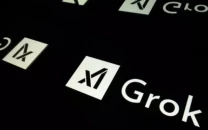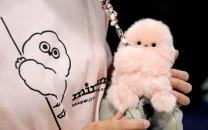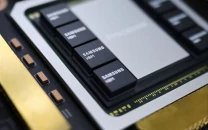DART's companion sends first image of asteroid crash site
LICICube satellite sends its first images, three minutes after DART crashed with an asteroid

US space agency NASA's spacecraft, DART or Double Asteroid Redirection Test, crashed into an asteroid a day earlier. The crash, crafted by scientists, aimed to determine if the collision would nudge space rocks from their trajectories.
The space agency has now released the first images of the crash site by the LICIACube satellite.
The satellite captured pictures with its dual-camera system three minutes after the crash and demise of DART. The images depict streams of flowing debris around Dimorphos, along with photos of the far side of the asteroid and the rock's vicinity.
Planetary scientist at the Johns Hopkins Applied Physics Laboratory called LICIACube, Andrew Cheng, said in a statement, "Our intrepid little reporter. What it will witness and the document will provide us with unique and important information that we otherwise wouldn't get to see".
DART teams are planning to analyse the images captured to examine the crash information gathered by LICIACube.
Katarina Miljkovic of Curtin University in Australia says, "Now the science can start. This is to ensure that, should Earth ever encounter a dangerous asteroid hurling towards us, we would know what to do."
The European Space Agency is planning a similar mission of sending its detective satellite called HERA in a few years to decode the aftermath of the crash.



















COMMENTS
Comments are moderated and generally will be posted if they are on-topic and not abusive.
For more information, please see our Comments FAQ